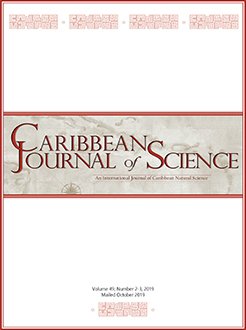Chromatic disorders in birds are often difficult or even impossible to identify properly, are presumably rare, and have not been systematically quantified across multiple species and populations. The pigmentary abnormality with the greatest prevalence among birds is Progressive Greying, although most forms are not straight forward heritable. Besides, Progressive Greying is often confused with Leucism and Albinism. The Blue-gray Tanager, Thraupis episcopus, is distributed from Central Mexico to Northwest Bolivia and Amazonian Brazil. This tanager is a common resident in lowlands up to 2,300 m, frequenting subcanopy to canopy in a wide variety of non-forest, arboreal habitats including urban areas. Here we report the first case of Progressive Greying for the Blue-gray Tanager based on an individual observed at San José de Rivas, Pérez Zeledón, Costa Rica. This individual had white feathers almost all over its body, while just some feathers maintained their blue coloration, mainly on the wings and tail.
Aunque no se han cuantificado de manera sistemática en varias especies y poblaciones, los trastornos cromáticos en las aves son presumiblemente raros y, a menudo, son difíciles o incluso imposibles de identificar correctamente. La anormalidad pigmentaria con mayor prevalencia entre las aves es el Encanecimiento Progresivo, aunque la mayoría de las formas no son heredables de manera directa. Además, el Encanecimiento Progresivo se confunde a menudo con el Leucismo y el Albinismo. La tangara azuleja, conocida como viudita en Costa Rica, Thraupis episcopus, se distribuye desde el centro de México hasta el noroeste de Bolivia y la región amazónica de Brasil. Esta tangara es un residente común en tierras bajas hasta los 2,300 m donde frecuenta el subdosel y el dosel en una amplia variedad de hábitats arbóreos no forestales, incluidas áreas urbanas. Aquí informamos el primer caso de Encanecimiento Progresivo en la tangara azuleja, basado en un individuo observado en San José de Rivas, Pérez Zeledón, Costa Rica. Este individuo presentaba plumas blancas en casi todo su cuerpo, mientras que solo algunas plumas mantenían su coloración azul, principalmente en las alas y la cola.






